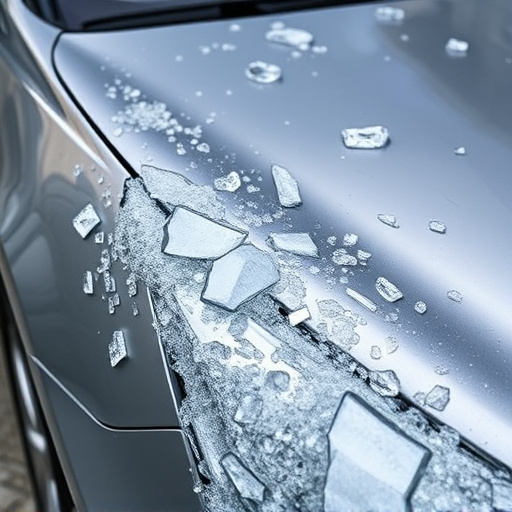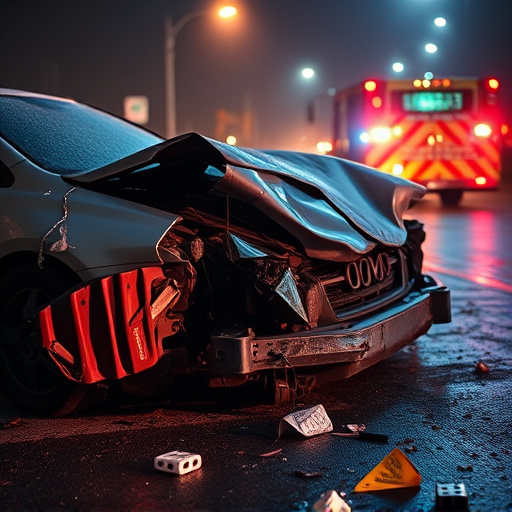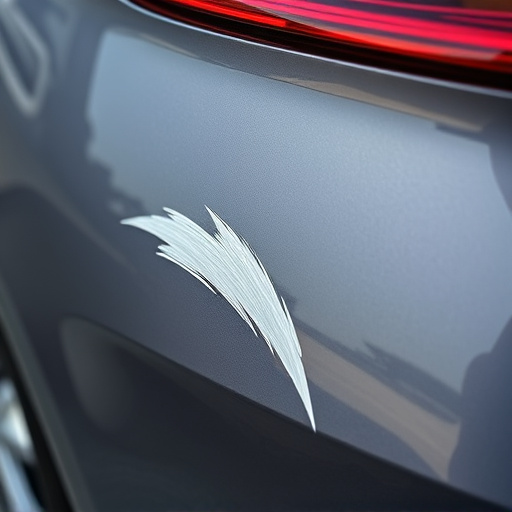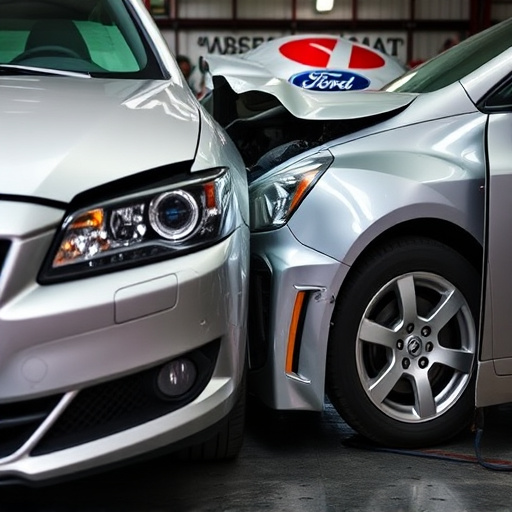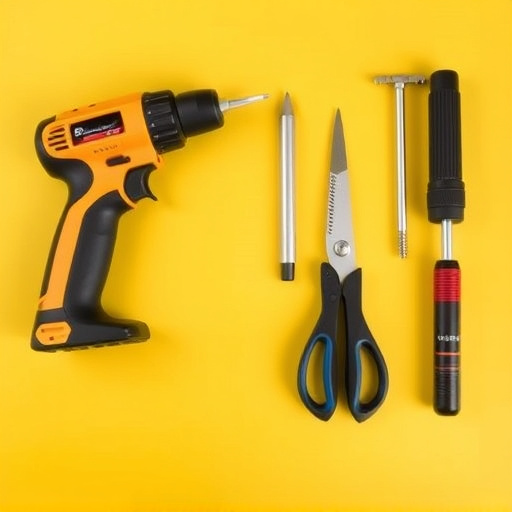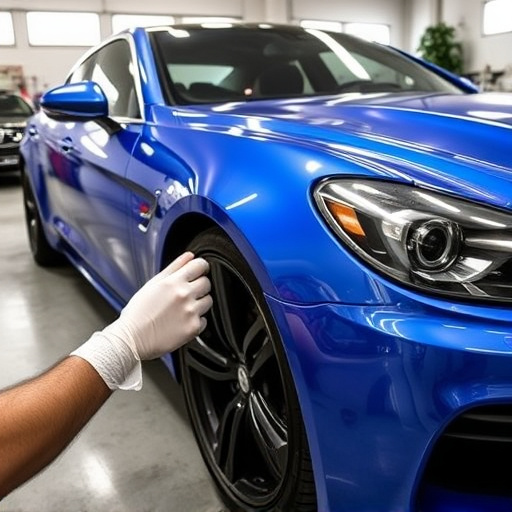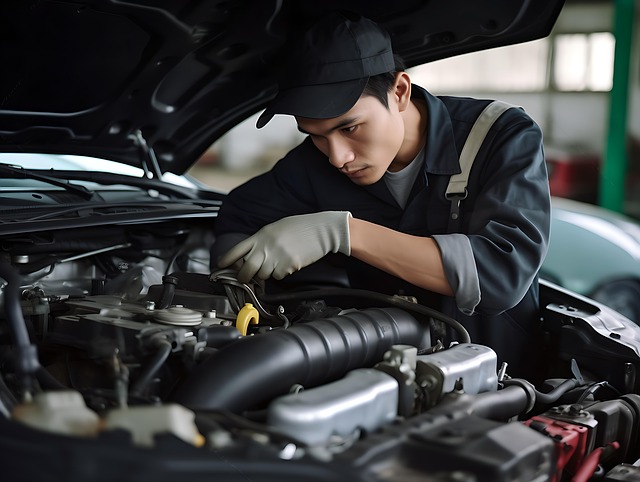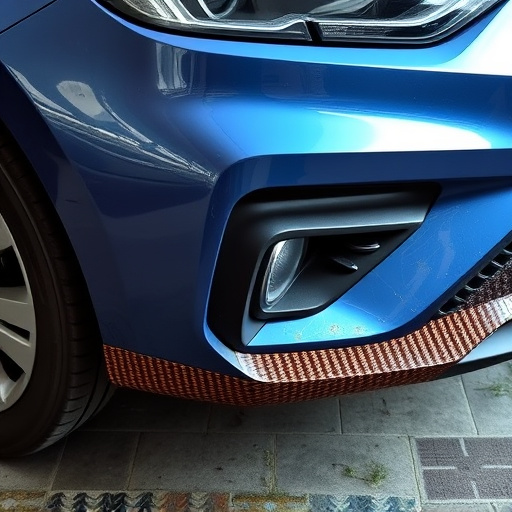Glass replacement certification is crucial for ensuring safe and quality window glass installations in homes and businesses, as well as in automotive repair. Certified professionals accurately replace side windows, windshields, and backlites, enhancing safety features and complementing paint repairs. This certification is vital for modern vehicles with advanced safety systems, boosting consumer confidence in competent handling. Obtaining the certification involves rigorous practical and theoretical assessments, guaranteeing skilled technicians who prioritize customer safety and satisfaction.
Understanding the intricacies of glass replacement certification is paramount for ensuring safety, quality, and peace of mind. This comprehensive guide delves into the essential aspects of glass replacement certification, shedding light on its significance in various sectors. From defining what this certification entails to exploring the rigorous testing processes involved, we demystify this crucial standard, highlighting its impact on enhancing structural integrity and user confidence.
- What is Glass Replacement Certification?
- Why is it Important for Safety and Quality?
- Key Requirements and Testing Process Involved
What is Glass Replacement Certification?
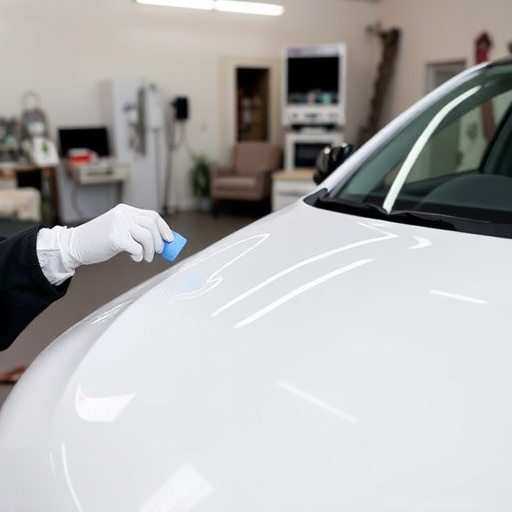
Glass replacement certification is a crucial process that ensures the safety and quality of window glass installations. It involves specialized training and knowledge to accurately assess, select, and install replacement glass, ensuring it meets or exceeds industry standards. This certification guarantees that the glass not only looks like new but also provides the same level of protection against impacts, temperature changes, and other environmental factors as the original installation.
For both residential and commercial properties, proper glass replacement is essential for maintaining security and aesthetics. In the context of collision repair and car dent removal, certified professionals are equipped to handle side windows, windshields, and backlites, ensuring that your vehicle returns to its pre-incident state with enhanced safety features. Similarly, in car paint repair scenarios, accurate glass replacement complements the overall restoration process, contributing to a seamless and durable finish.
Why is it Important for Safety and Quality?

In the realm of automotive repair, particularly within car body shops specialising in collision damage repair, glass replacement certification plays a pivotal role in ensuring safety and upholding quality standards. Certified professionals are equipped with the knowledge and skills to handle glass replacements accurately and securely. This is crucial for preventing accidents and ensuring structural integrity post-repair. Proper installation methods, adherence to industry best practices, and compliance with safety regulations are paramount in mitigating risks associated with shattered or improperly fitted glass, which could cause severe injuries or further damage.
Glass replacement certification also instills consumer confidence when visiting a car body shop. Customers can rest assured that their vehicles are in capable hands, enhancing the overall reputation of automotive repair services. This is especially significant as many modern vehicles have advanced safety features integrated into their windows and frames, requiring specialised knowledge to maintain these intricate systems. By prioritizing glass replacement certification, car body shops uphold their professional standards, contribute to safer driving conditions, and provide customers with peace of mind in the event of collision damage repair.
Key Requirements and Testing Process Involved

Obtaining glass replacement certification is a critical step for professionals in the automotive industry, particularly those offering fleet repair services and car body restoration. The process ensures that only qualified technicians handle window glass installations, adhering to stringent safety standards and quality controls. Key requirements include extensive training in glass cutting, fitting, and sealing techniques, as well as proficiency in using specialized tools and equipment.
The testing process involves a series of rigorous assessments designed to evaluate candidates’ practical skills and theoretical knowledge. This includes hands-on demonstrations showcasing their ability to accurately measure, cut, and install glass panels, along with written exams that test their understanding of safety protocols, material properties, and industry best practices. Successful completion of these evaluations results in the coveted certification, signifying a high level of expertise in car bodywork and ensuring customer safety and satisfaction.
Glass replacement certification plays a pivotal role in ensuring safety and maintaining high-quality standards within the industry. By understanding the basics of this process, professionals can confidently navigate the requirements, thereby fostering trust among clients. The key lies in adhering to stringent testing processes, meeting essential criteria, and continuously updating knowledge to stay compliant with evolving regulations. Embracing glass replacement certification is a step towards revolutionizing the sector, ensuring both structural integrity and peace of mind for all.



